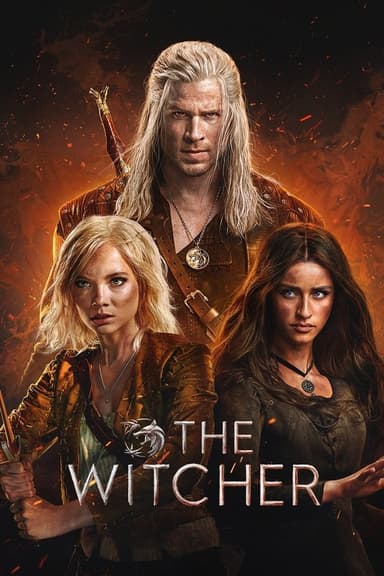
Candle in the Tomb: The Lost Caverns
2020 • Action & Adventure, Drama, Mystery
Hu Ba Yi, Shirley Yang and Wang Pang Zi explore a mysterious tomb in the Shaanxi region. Shirley Yang travels to the Longling Maze Grottos to investigate unusual patterns on fossil fragments. On the way, she crosses paths with Hu Ba Yi who along with Wang Pang Zi have just escaped from the ancient city. The trio become companions in another tomb-raiding adventure.
~~ Adapted from the 2nd volume in the novel series "Candle in the Tomb" (鬼吹灯) by Zhang Mu Ye (天下霸唱).
Why you should read the novel
Delving into Zhang Muye's original novel, readers will discover a richer, more immersive experience than any adaptation can offer. The source material is celebrated for its depth of folklore, historical detail, and its ability to develop suspense with chilling subtlety. Characters are rendered with far greater psychological nuance, making their perilous journeys into ancient tombs and supernatural encounters feel even more authentic and enthralling.
Unlike the series, the novel unpacks mysteries with deft pacing and delivers an unfiltered vision by the author, free from time constraints or censorship that often affects TV storytelling. Fans of archaeological adventure, myth, and suspense will find the book’s atmosphere and plot far more complex and rewarding.
By reading the source novel, you also gain insight into the cultural and narrative elements that inspired the entire Candle in the Tomb franchise. Enjoy exclusive scenes, lore, and backgrounds that adaptations might trim, and appreciate Zhang Muye’s storytelling style in its most original form.
Adaptation differences
One of the most notable differences between Candle in the Tomb: The Lost Caverns (the TV series) and Zhang Muye’s novel is the level of character development and inner monologue. The book delves deep into the main characters’ motivations, fears, and personal dilemmas, offering an introspective look that’s largely absent or only subtly conveyed in the series. This makes the protagonists far more layered in the novel than in their onscreen portrayals.
Another significant difference lies in the plot structure and pacing. The novel carefully builds suspense, often lingering on the details of tomb architecture, cultural lore, and supernatural threats. The TV show, while retaining major story beats, often streamlines or condenses these sections to fit episode runtimes and maintain visual momentum, sacrificing some of the story’s ambiance and complexity.
Moreover, the adaptation necessarily omits or alters subplots and side characters due to time constraints or to appeal to a broader audience, sometimes changing the sequence of events or the nature of certain discoveries in the tombs. This can lead to a somewhat simplified narrative with less gravitas or explanatory lore compared to the written work.
Lastly, the tone and mood in the TV series are occasionally lighter, with more emphasis on visual spectacle and action, sometimes at the expense of the philosophical and existential elements present in Zhang Muye’s prose. The series' visual representations can't always replicate the psychological tension and slow-burn horror crafted through language in the book, giving each medium a distinct storytelling flavor.
Candle in the Tomb: The Lost Caverns inspired from
Candle in the Tomb: The Lost Caverns
by Zhang Muye














